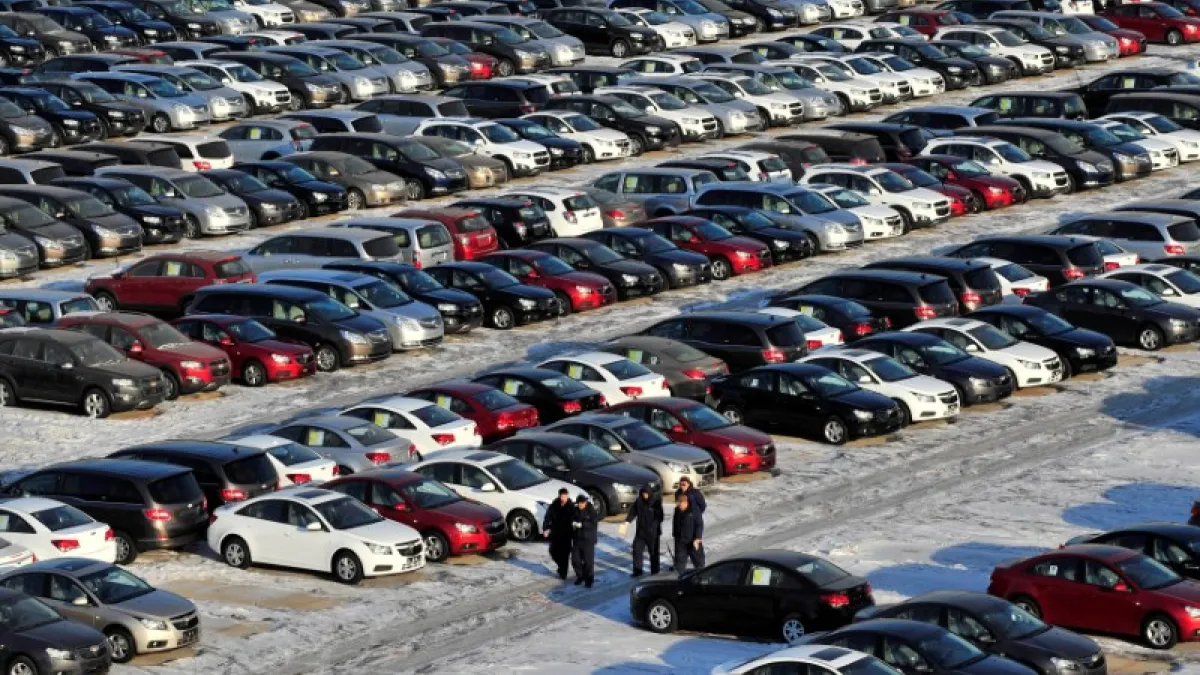
U.S. businesses have absorbed most of the cost of the tariffs imposed by President Trump so far, but the burden of that cost will shift to consumers in the coming months as the full range of import taxes takes effect and businesses have time to adjust, according to a new analysis by economists at Goldman Sachs.
It takes time for firms to raise prices in the face of higher costs, Goldman’s Elsie Peng and David Mericle said in a research note. For goods affected by tariffs that have been in place for at least six months — enough time for businesses to make their adjustments — the researchers found that U.S firms have passed 55% of the cost of tariffs onto consumers via higher prices. Assuming that pattern holds for the tariffs that took effect in recent weeks, U.S. consumers will be paying 55% of the cost of all of Trump’s tariffs by early next year.
Based on the data, the researchers expect foreign exporters to absorb 18% of the cost of the tariffs through price reductions implemented to preserve market share — a dynamic likely at play with Japanese automakers, which cut prices earlier this year after getting hit with significant new tariffs. Another 5% of the tariff costs will be evaded through misreporting, as exporters provide inaccurately low values for their goods. The remaining 22% of the tariff costs will be absorbed by U.S. firms, the analysts said.
Over time, the Goldman analysts expect the share of the tariff cost paid by consumers to rise to 70%.
Pushing prices higher: Trump’s tariffs are responsible for a 0.44% increase in the price of core goods (excluding food and fuel) so far this year, with another 0.6% increase coming in the months ahead, the analysts said. They also expect that the tariffs will help push the inflation rate up to 3.0% in 2025 and 2.4% in 2026, compared to a baseline of 2.2% and 2.0% respectively without tariffs.